Somya Garg
Navigating Healthcare Insights: A Birds Eye View of Explainability with Knowledge Graphs
Sep 28, 2023Abstract:Knowledge graphs (KGs) are gaining prominence in Healthcare AI, especially in drug discovery and pharmaceutical research as they provide a structured way to integrate diverse information sources, enhancing AI system interpretability. This interpretability is crucial in healthcare, where trust and transparency matter, and eXplainable AI (XAI) supports decision making for healthcare professionals. This overview summarizes recent literature on the impact of KGs in healthcare and their role in developing explainable AI models. We cover KG workflow, including construction, relationship extraction, reasoning, and their applications in areas like Drug-Drug Interactions (DDI), Drug Target Interactions (DTI), Drug Development (DD), Adverse Drug Reactions (ADR), and bioinformatics. We emphasize the importance of making KGs more interpretable through knowledge-infused learning in healthcare. Finally, we highlight research challenges and provide insights for future directions.
On Continuous Integration / Continuous Delivery for Automated Deployment of Machine Learning Models using MLOps
Feb 07, 2022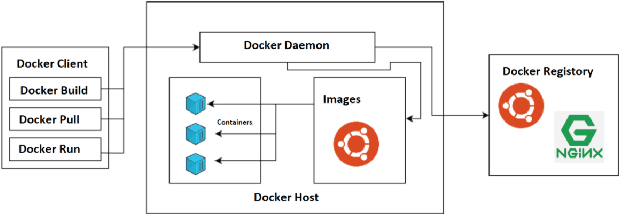
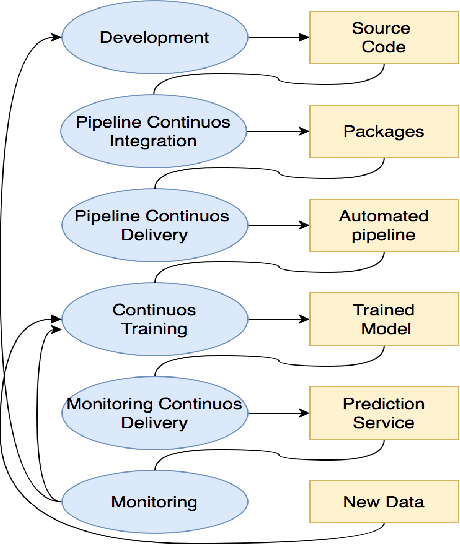
Abstract:Model deployment in machine learning has emerged as an intriguing field of research in recent years. It is comparable to the procedure defined for conventional software development. Continuous Integration and Continuous Delivery (CI/CD) have been shown to smooth down software advancement and speed up businesses when used in conjunction with development and operations (DevOps). Using CI/CD pipelines in an application that includes Machine Learning Operations (MLOps) components, on the other hand, has difficult difficulties, and pioneers in the area solve them by using unique tools, which is typically provided by cloud providers. This research provides a more in-depth look at the machine learning lifecycle and the key distinctions between DevOps and MLOps. In the MLOps approach, we discuss tools and approaches for executing the CI/CD pipeline of machine learning frameworks. Following that, we take a deep look into push and pull-based deployments in Github Operations (GitOps). Open exploration issues are also identified and added, which may guide future study.
Towards a Multimodal System for Precision Agriculture using IoT and Machine Learning
Jul 10, 2021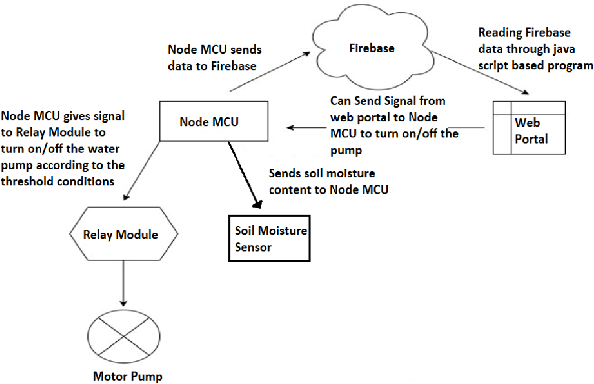
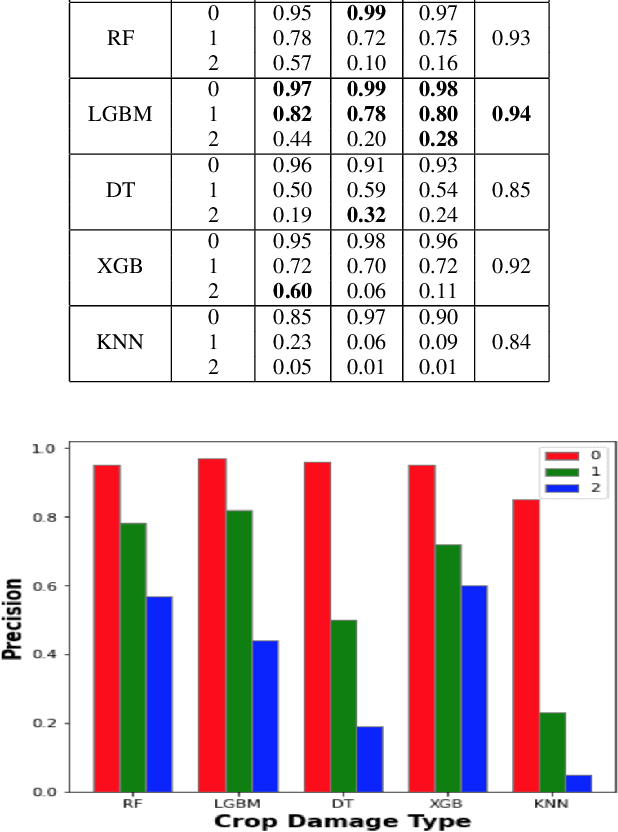

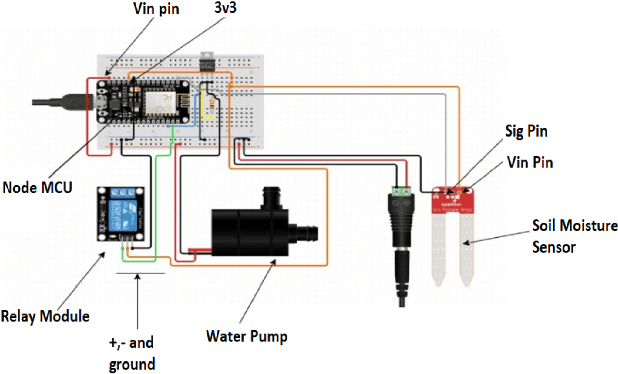
Abstract:Precision agriculture system is an arising idea that refers to overseeing farms utilizing current information and communication technologies to improve the quantity and quality of yields while advancing the human work required. The automation requires the assortment of information given by the sensors such as soil, water, light, humidity, temperature for additional information to furnish the operator with exact data to acquire excellent yield to farmers. In this work, a study is proposed that incorporates all common state-of-the-art approaches for precision agriculture use. Technologies like the Internet of Things (IoT) for data collection, machine Learning for crop damage prediction, and deep learning for crop disease detection is used. The data collection using IoT is responsible for the measure of moisture levels for smart irrigation, n, p, k estimations of fertilizers for best yield development. For crop damage prediction, various algorithms like Random Forest (RF), Light gradient boosting machine (LGBM), XGBoost (XGB), Decision Tree (DT) and K Nearest Neighbor (KNN) are used. Subsequently, Pre-Trained Convolutional Neural Network (CNN) models such as VGG16, Resnet50, and DenseNet121 are also trained to check if the crop was tainted with some illness or not.
Prediction of lung and colon cancer through analysis of histopathological images by utilizing Pre-trained CNN models with visualization of class activation and saliency maps
Mar 22, 2021
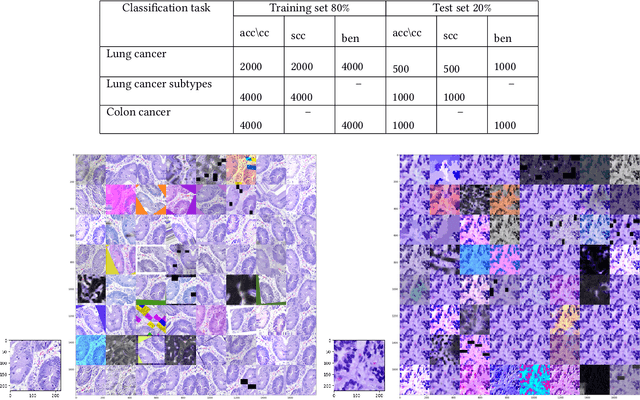

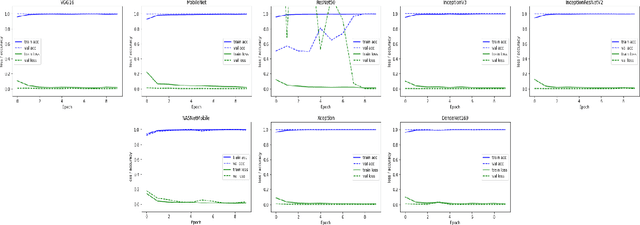
Abstract:Colon and Lung cancer is one of the most perilous and dangerous ailments that individuals are enduring worldwide and has become a general medical problem. To lessen the risk of death, a legitimate and early finding is particularly required. In any case, it is a truly troublesome task that depends on the experience of histopathologists. If a histologist is under-prepared it may even hazard the life of a patient. As of late, deep learning has picked up energy, and it is being valued in the analysis of Medical Imaging. This paper intends to utilize and alter the current pre-trained CNN-based model to identify lung and colon cancer utilizing histopathological images with better augmentation techniques. In this paper, eight distinctive Pre-trained CNN models, VGG16, NASNetMobile, InceptionV3, InceptionResNetV2, ResNet50, Xception, MobileNet, and DenseNet169 are trained on LC25000 dataset. The model performances are assessed on precision, recall, f1score, accuracy, and auroc score. The results exhibit that all eight models accomplished noteworthy results ranging from 96% to 100% accuracy. Subsequently, GradCAM and SmoothGrad are also used to picture the attention images of Pre-trained CNN models classifying malignant and benign images.
 Add to Chrome
Add to Chrome Add to Firefox
Add to Firefox Add to Edge
Add to Edge